Features, Advantages and Disadvantages of Solar Powered Watches
Efficiency and sustainability are the things that companies and even governments place the most importance on today. If you, as a watch user, are looking for such a technology, you can consider buying solar watches with “green technology.” We can also call these products sundials.
Are these solar-powered watches suitable for you? If you want to learn more about the pros and cons of solar-powered watches, read on.
What are Solar Powered Watches?
Before discussing the pros and cons of solar-powered watches, let’s talk about “What are Solar Watches?” We must define the question. A sundial is powered by a battery that can be charged by the sun. Solar panels behind the glass take in light from the sun and any other source, including artificial light. This solar panel turns the light it gets into electricity, which keeps the clock running.
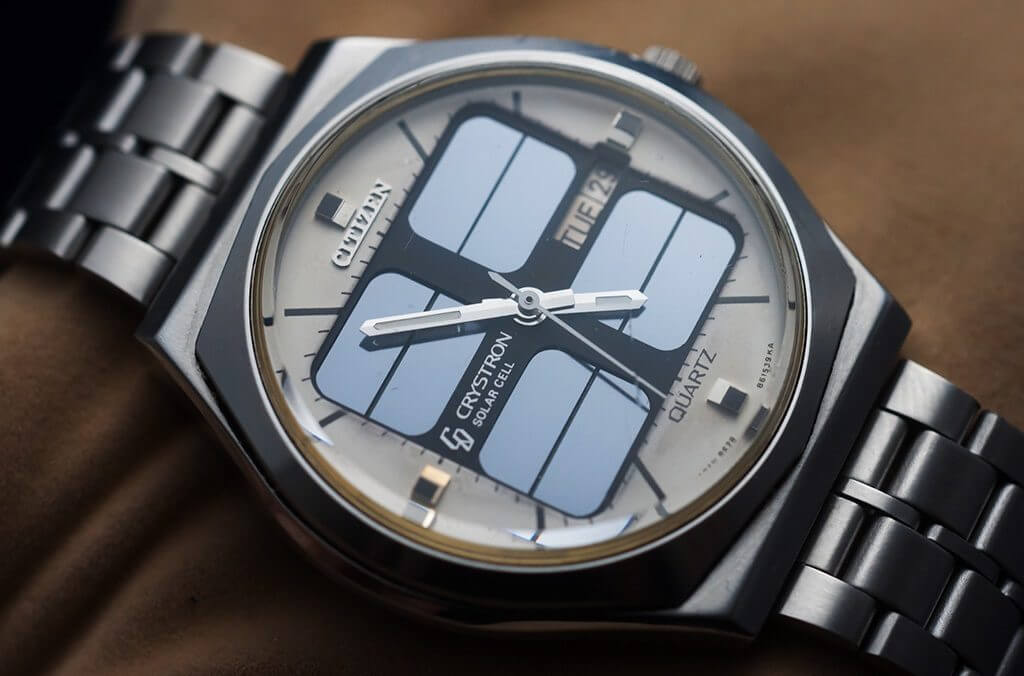
When you store the watch in a dark environment, it stores the energy in a rechargeable cell to continue working.
In this regard, Citizen’s solar-powered watches use the most advanced technology. Citizen solar watches use lithium-ion batteries to store enough energy to keep the watch running despite being exposed to light for several months. Not every solar watch has a power-saving mode, but like the sophisticated analog versions manufactured by Citizen, watches with this feature can hold a charge for up to six months.
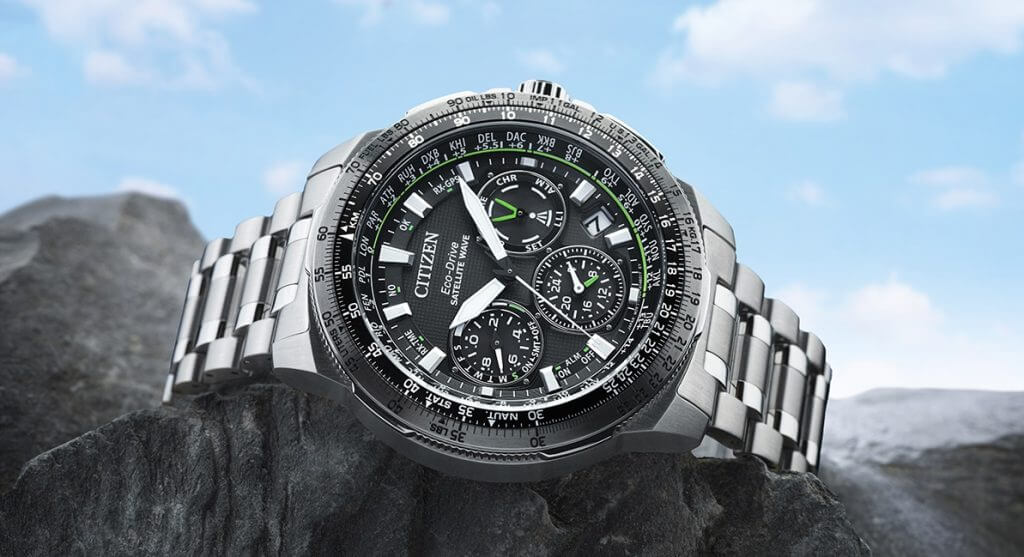
The first sundials produced in the 1970s had unique designs to house the photovoltaic solar cells needed to power them (eg Crystron, Synchronar, Sicura, Nepro). The first inexpensive, affordable solar-powered watch was sold in the 1980s.
In the 1990s, Citizen began selling solar-powered watches under the Eco-Drive series. Since the first solar watches came out, sundial technology has come a long way in terms of how well it works. Today, solar-powered watches constitute a large part of the collections of watch brands such as Citizen, Casio, Seiko, Junghans, and Orient.
Advantages of Solar Clock Models
It can be charged with any light source, natural or artificial.
Some people think that sundials can only be charged by sunlight and cannot be used indoors or in dark environments. This is a big mistake. A sundial can store power from any light source, whether natural or artificial. You can use fluorescent or regular light bulbs, as well as the sun, to charge the batteries under the watch’s dial. All will have the same effect.
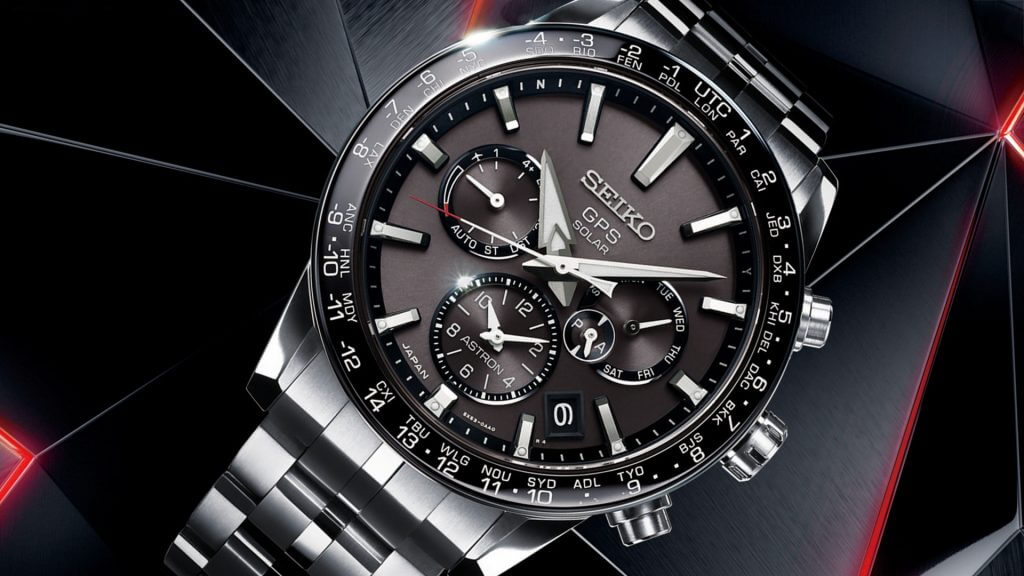
Easy to charge
You can charge solar-powered watches very easily. Solar-powered watches are designed to convert natural and artificial light into energy. All you have to do is expose the watch to any light source, and it will start charging immediately. In fact, a sundial recharges itself whenever you use it, as long as you don’t leave it in complete darkness.
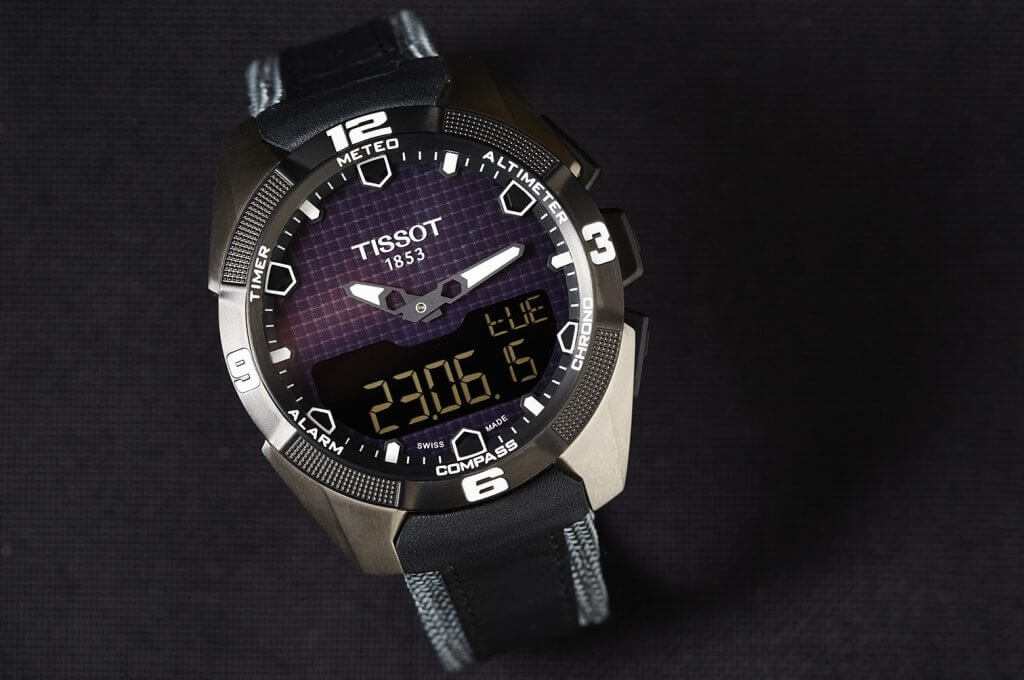
Maintenance free
No effort is required to keep solar-powered watches running all the time. Unlike manual mechanical (which must be wound regularly) or automatic (which is set by the movement of the wearer) movements, a solar-powered watch only needs a little light to work. It does not require any special maintenance, it will continue to work as long as it receives light.
Long power reserve
The power reserve may vary depending on the make and model of the watch. However, as an idea, the Citizen Eco-Drive solar watch has the capacity to store its energy for up to 6 months. This means that it will work non-stop for 6 months, even if it is just in the dark without any light exposure.
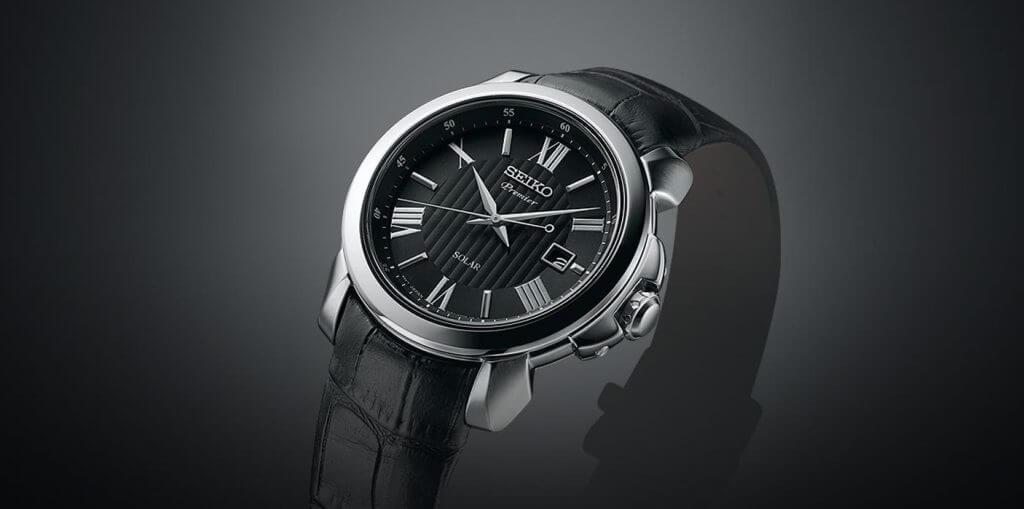
environmentally friendly
It is not necessary to replace the battery of solar watches every few years. minimizes the need for battery replacement. This primarily saves the user. Apart from that, it helps protect the environment by reducing the need for disposable batteries. You know that old waste batteries cause environmental pollution. If you choose a solar-powered model when buying a watch, you will not increase the number of batteries that leak chemicals and pollute landfills, and you will contribute to a cleaner environment.
Long life battery
Unlike normal quartz watch batteries, which can be used for a maximum of 2 or 3 years, you do not need to replace the solar cells for at least 10 years. Thanks to developing technology, this period increases by up to 20 years on average. Very significant savings in the long run.

Disadvantages of Solar Clocks
just a little more expensive
Because of the technology they use, solar-powered watches are slightly more expensive than regular battery watches. But when you think about what’s good about it and how it works, it’s easy to see why. Solar-powered watches are worth what they cost because you don’t have to buy new batteries for decades.
As a result
When you put the pros and cons of a solar-powered wristwatch side by side, the advantages of solar watches outweigh their disadvantages. Solar watches are reliable, low maintenance and environmentally friendly. The technology they use is truly extraordinary and there is no doubt that it will become even more important as time goes on.
You can also review our website for the Best Watch Brands.









